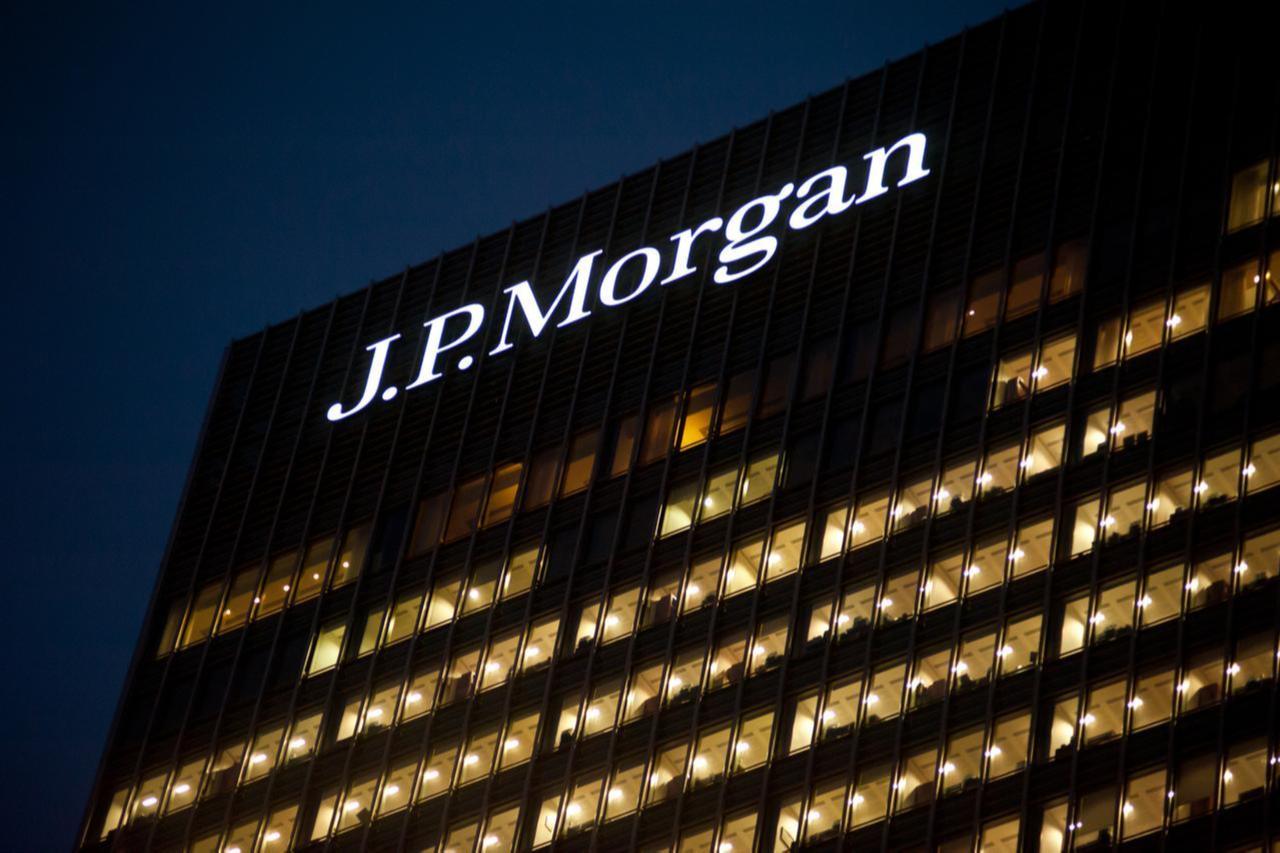
A record $3.7 billion flowed into cryptocurrency exchange-traded funds (ETFs) in the last week ending July 11, JPMorgan's latest report showed.
The surge came amid heightened demand for digital assets as Bitcoin hit its new all-time high, surpassing $120,000, amid boosted investor sentiment as the U.S. Congress considers comprehensive regulations on cryptocurrencies.
According to the New York-based investment bank's report, strong demand for cryptocurrency funds pointed to a notable divergence in investment preferences in global markets last week.
Despite $10.1 billion flowing into equity ETFs and $7.8 billion into fixed-income ETFs, only $0.4 billion was invested in commodity funds.
The acceleration of outflows from the technology sector pushed crypto funds to the top of the list. During the same period, a strong inflow of $3.8 billion into currency and multi-asset funds was observed, indicating a shift toward diversification in the market.
U.S. equity funds fell short of expectations last week, with limited inflows of $4.3 billion, while Asia-centric markets stood out.
Investor interest in emerging economies, such as India, Japan, and Brazil, painted a positive picture alongside developed international markets.
The strongest capital inflow was observed in the public services sector, followed by the finance and basic consumer goods sectors. However, significant outflows were recorded in the healthcare sector.
The data highlights a clear investor shift toward emerging markets and consumer-focused sectors, while notable outflows from healthcare suggest a cautious recalibration of risk amid evolving market conditions.
According to JPMorgan's analysis of the futures markets, investors took long positions in the CSI 1000 index, French 10-year bonds, nickel, the Japanese yen, and Ethereum contracts last week.
In contrast, the SSE50 index, Chinese 10-year bonds, and gold futures showed a downward trend.
Current data from the U.S. Commodity Futures Trading Commission (CFTC) shows that asset managers are buying NASDAQ-100 futures while maintaining their long positions in fixed-income U.S. assets.
On the other hand, leveraged funds have increased their short positions in S&P 500 and EAFE (Developed Markets) futures.